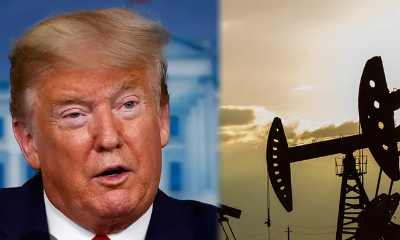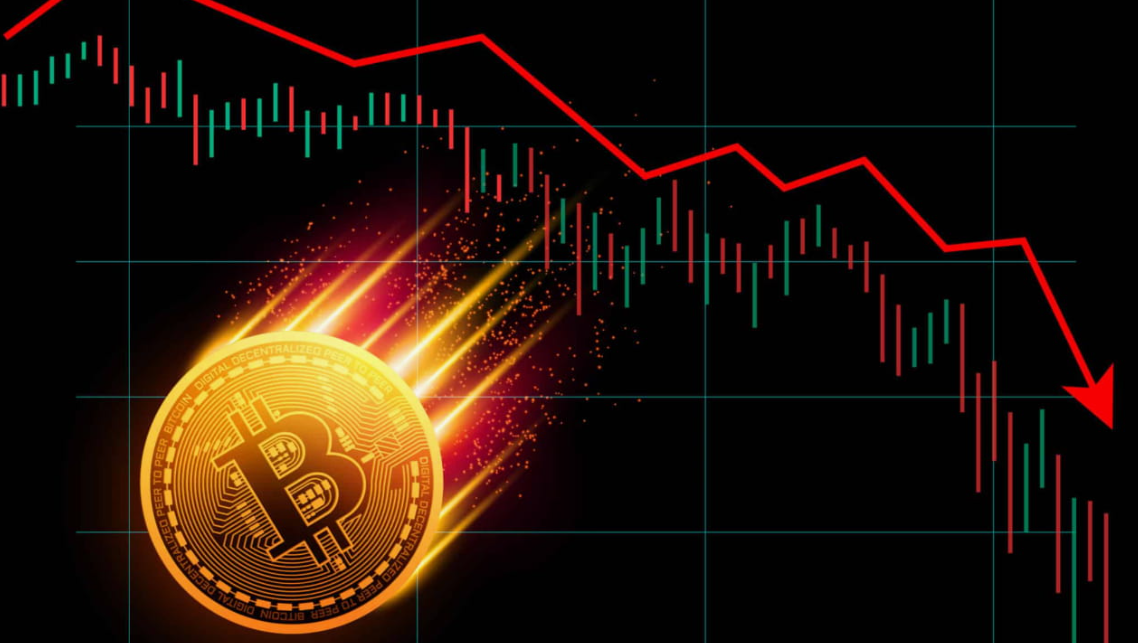Donald Trump’s presidency was packed with big moves, but one of his major goals was clear—making the U.S. energy independent. This “America First” strategy shook up global markets, especially in the oil industry. As Trump rolled out policies aimed at boosting domestic energy production, oil prices saw a notable impact.
Let’s take a closer look at how Trump’s energy independence drive influenced oil prices and what it means for traders, analysts, and researchers in the financial markets.
If you’re following oil price trends, tools like FXpricing are a must-have. They provide real-time data, live charts, and expert analysis to help you make smarter decisions in this ever-changing landscape.
What Is Energy Independence?
Before we dive into Trump’s specific actions, let’s understand what energy independence means. It’s all about reducing reliance on foreign oil and other energy sources. For the U.S., this meant ramping up production of oil, natural gas, and even renewable energy to meet domestic demand.
Trump’s Energy Independence Policies
Trump made energy independence a cornerstone of his economic agenda. Here’s a breakdown of some key moves:
Expanding Domestic Production
- Trump encouraged drilling in new areas, including federal lands and offshore sites.
- The administration rolled back regulations, making it easier for companies to extract oil and natural gas.
Withdrawing from International Agreements
- Trump pulled the U.S. out of the Paris Climate Agreement, citing its constraints on American energy production.
Boosting Fossil Fuels
- The administration heavily promoted coal, oil, and natural gas as the backbone of U.S. energy policy.
These policies weren’t just about energy—they had major implications for the global oil market.
How Did Trump’s Policies Affect Oil Prices?
Increased Supply, Lower Prices
At first, Trump’s push for domestic production flooded the market with U.S. oil. This surge in supply contributed to lower global oil prices.
Impact on OPEC
The Organization of Petroleum Exporting Countries (OPEC) struggled to balance the market. With the U.S. producing more oil than ever, OPEC’s influence on prices diminished.
Geopolitical Tensions and Price Spikes
While Trump’s energy policies increased supply, his foreign policy decisions sometimes had the opposite effect:
- Sanctions on Iran and Venezuela: These moves restricted oil exports from key players, reducing global supply and causing price spikes.
- Middle East Unrest: U.S. involvement in the region created uncertainty, which often led to temporary surges in oil prices.
How Traders Reacted
For financial analysts and traders, Trump’s energy policies were a double-edged sword.
Opportunities in Volatility
Oil prices saw plenty of ups and downs during Trump’s presidency. For traders, this volatility meant more opportunities to profit—but also more risk.
The Role of FXpricing
Tools like FXpricing became essential for tracking oil price movements in real time. From live rates to detailed market analysis, FXpricing helps traders stay ahead of the curve.
Personal Insights: Was Trump Good for Oil Investors?
As someone who closely follows financial markets, I’d say Trump’s policies had mixed results for oil investors.
The Positives:
- Increased Production: More supply meant lower costs for industries relying on oil.
- Market Opportunities: Geopolitical events created short-term trading opportunities.
The Negatives:
- Price Instability: Frequent policy changes and sanctions led to unpredictable price swings.
- Environmental Concerns: The focus on fossil fuels raised questions about long-term sustainability.
For traders using platforms like FXpricing, the key was staying informed and adapting quickly to market changes.
Lessons for Traders
Here are some takeaways for traders navigating oil markets:
- Track Global Events:
Oil prices are heavily influenced by geopolitics. Stay updated on sanctions, trade agreements, and regional conflicts. - Diversify Your Portfolio:
Balancing oil with other commodities or assets can help reduce risk during volatile periods. - Use Reliable Tools:
Platforms like FXpricing offer real-time data and insights, making it easier to predict and react to market changes. - Understand Market Trends:
Trump’s policies highlighted the importance of understanding both supply-side and demand-side factors in the oil market.
Looking Ahead: Post-Trump Energy Trends
While Trump’s presidency is over, the effects of his energy policies linger. The U.S. remains a major player in the global oil market, and energy independence continues to shape economic and political strategies.
For traders, staying informed is crucial. Tools like FXpricing provide the data and analysis needed to navigate these shifts with confidence.
FAQs
Q1: How did Trump’s energy policies boost oil prices?
Trump’s policies increased domestic oil production, initially lowering prices. However, sanctions and geopolitical tensions often caused price spikes.
Q2: What is energy independence?
Energy independence refers to reducing reliance on foreign energy sources by increasing domestic production.
Q3: How did Trump’s policies impact OPEC?
The surge in U.S. oil production reduced OPEC’s influence on global prices, forcing the organization to adjust its strategies.
Q4: How can traders manage oil price volatility?
Traders can use platforms like FXpricing for real-time data, market analysis, and historical trends to make informed decisions.Q5: Why is FXpricing important for oil traders?
FXpricing provides live oil prices, market insights, and customizable dashboards, helping traders track and respond to market changes effectively.





